From the tropics to the arctic, climate and weather have powerful direct and indirect impacts on human life. Weather extremes – such as heavy rains, floods, and disasters like Hurricane Katrina that devastated New Orleans, USA in August 2005 – endanger health as well as destroy property and livelihoods. Approximately 600 000 deaths occurred worldwide as a result of weather-related natural disasters in the 1990s, some 95% of which took place in developing countries.
We need to challenge the biggest problem in history...
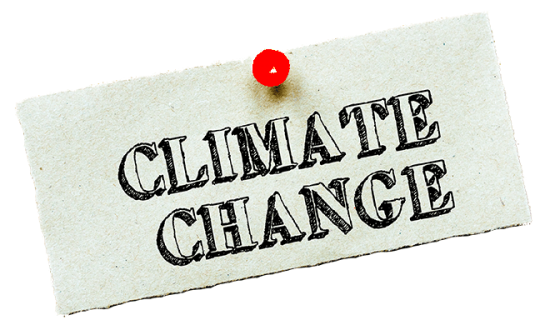
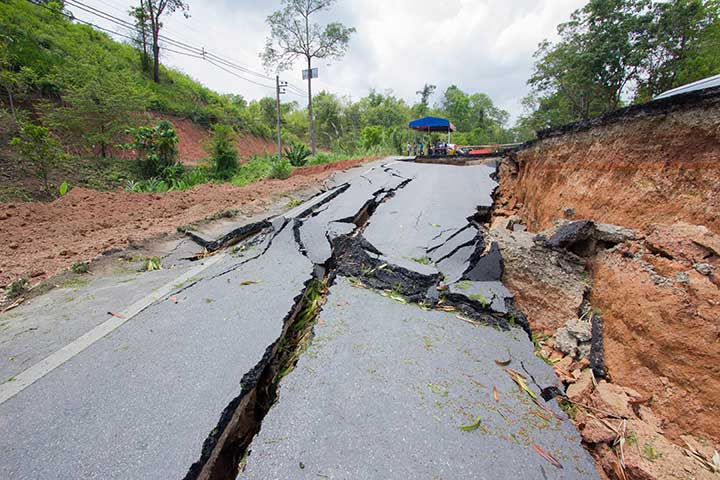
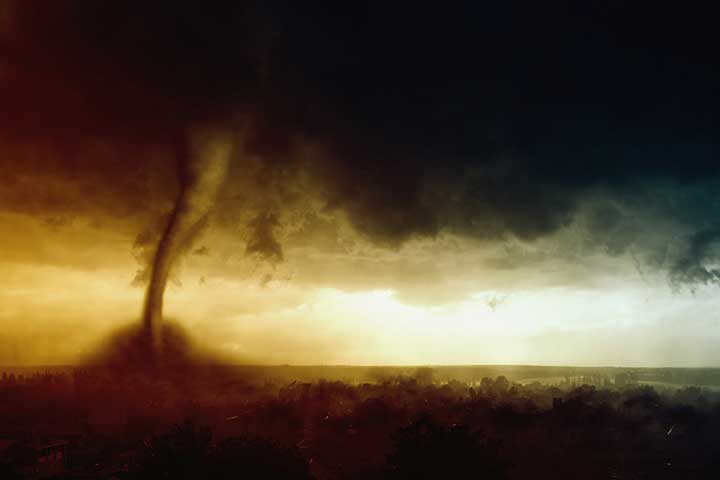
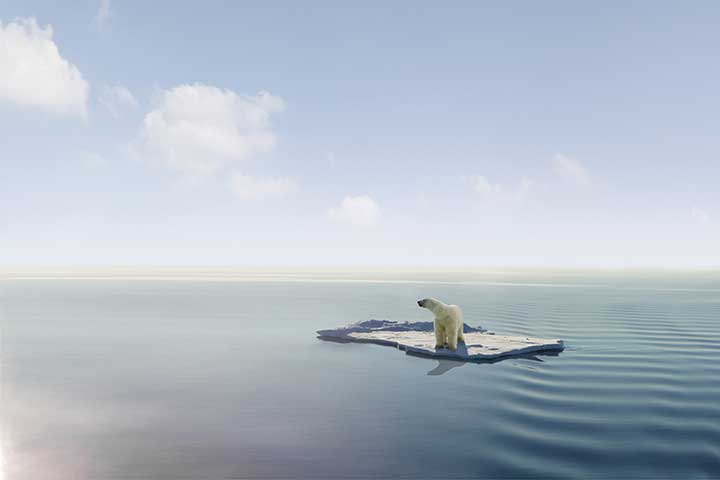
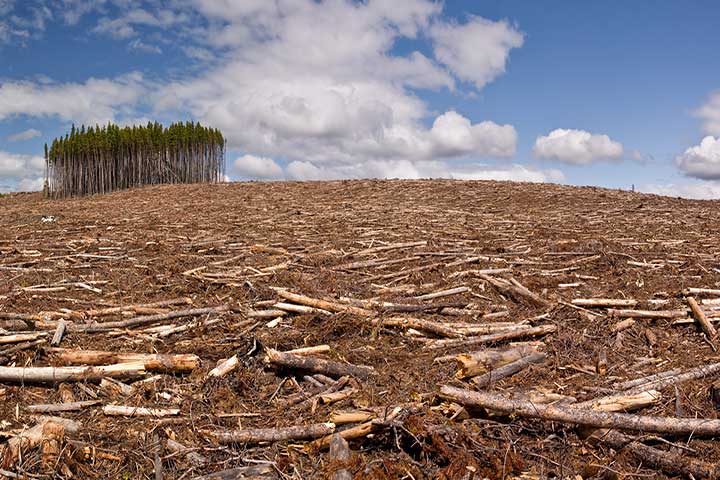
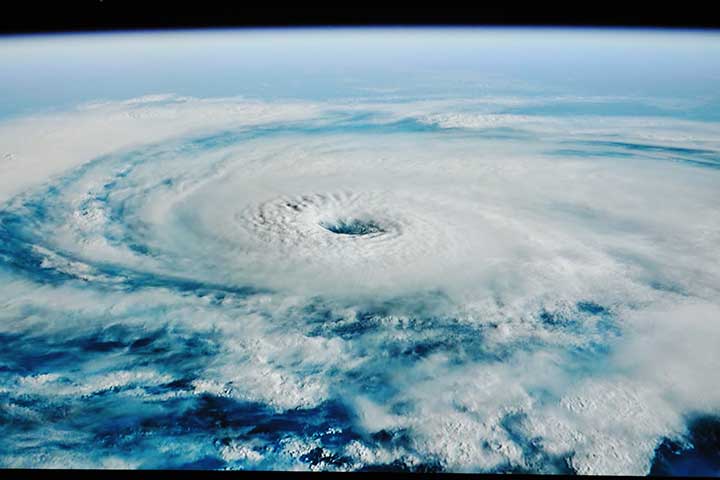
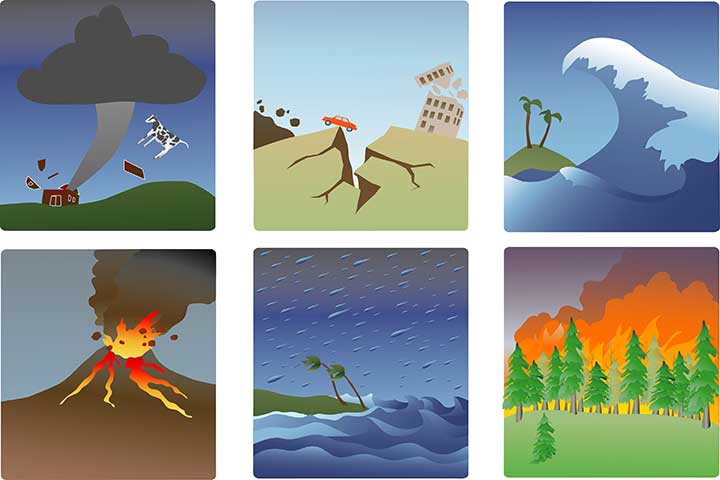
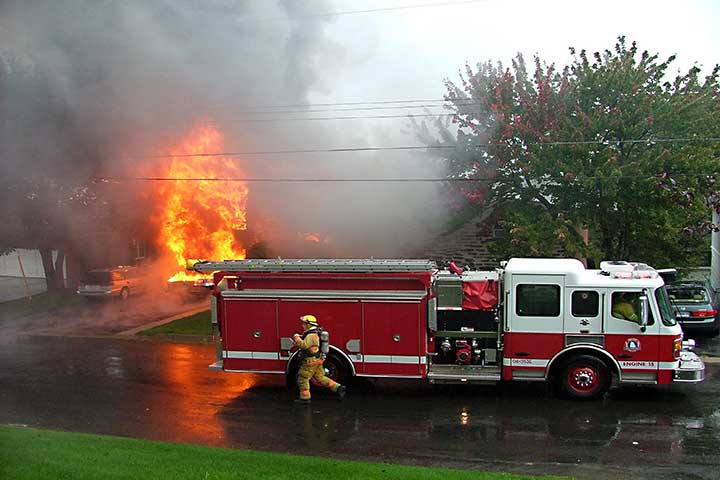
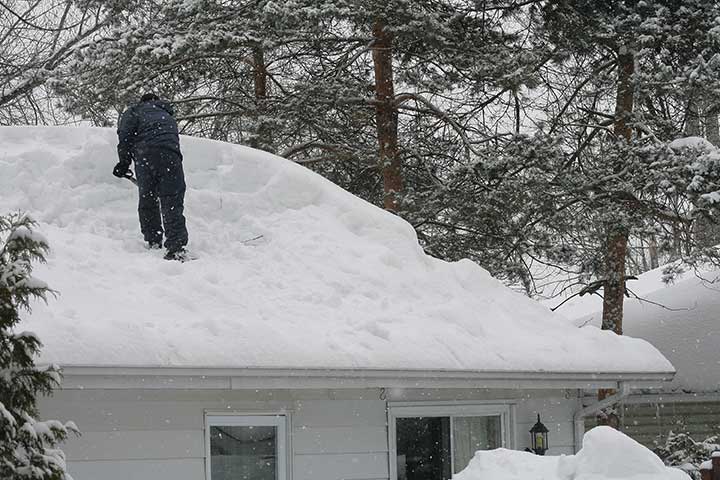
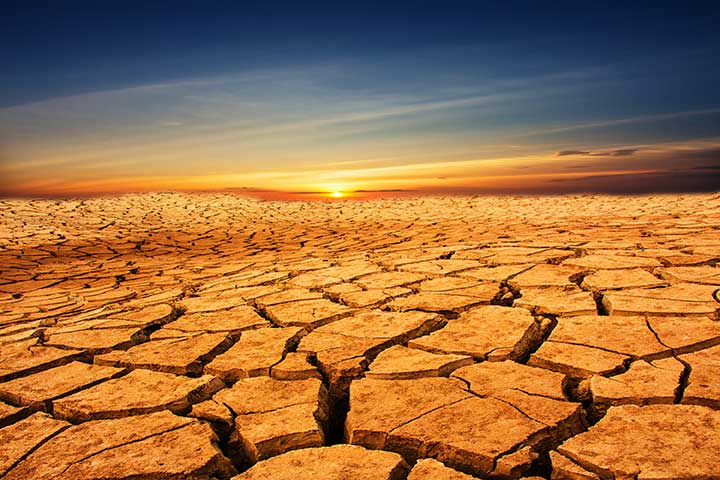
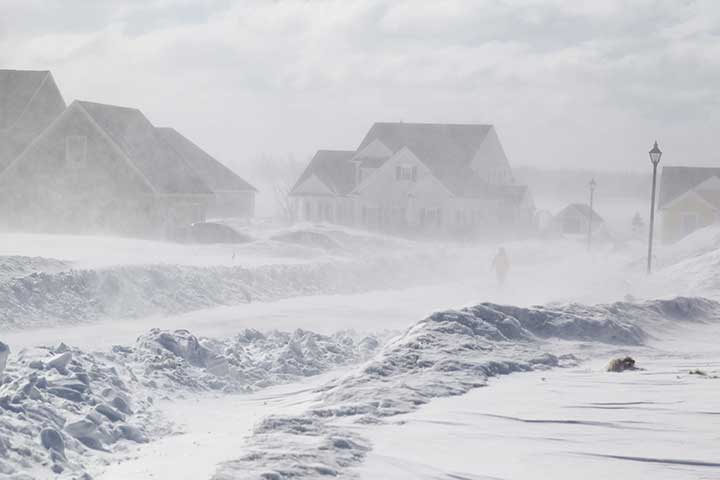
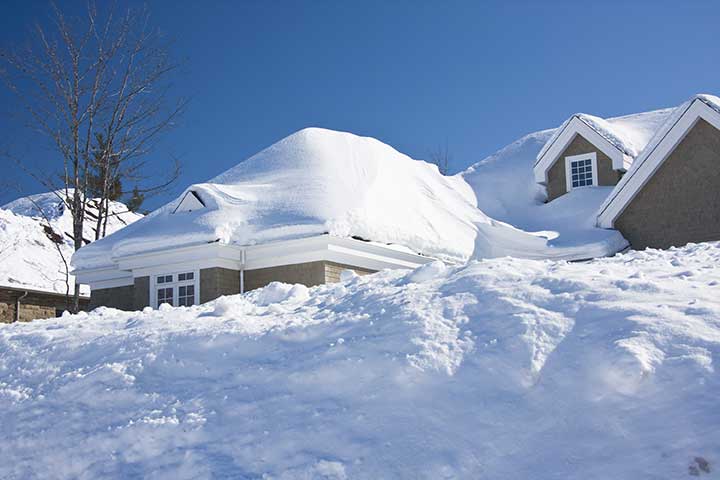
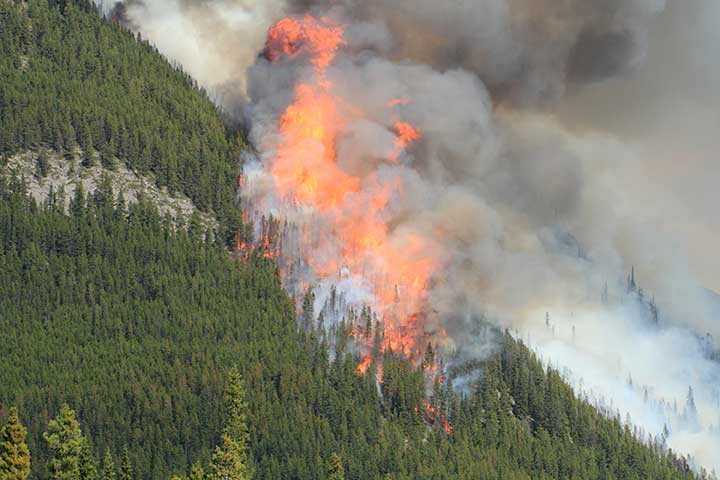
Pollen and other aeroallergen levels are also higher in extreme heat. These can trigger asthma, which affects around 300 million people. Ongoing temperature increases are expected to increase this burden.
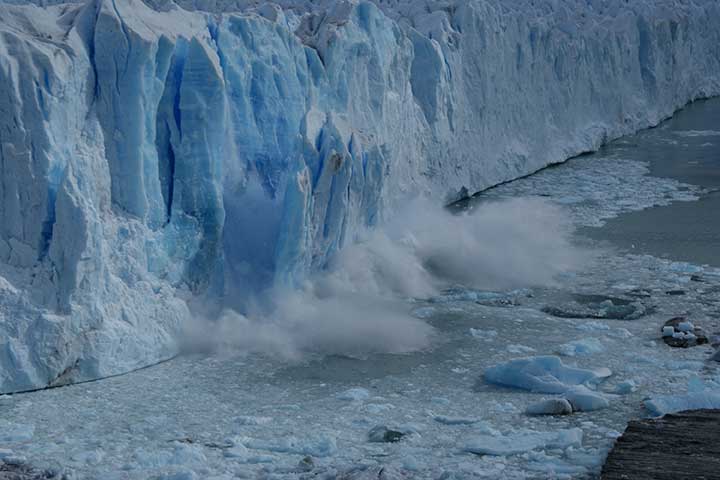
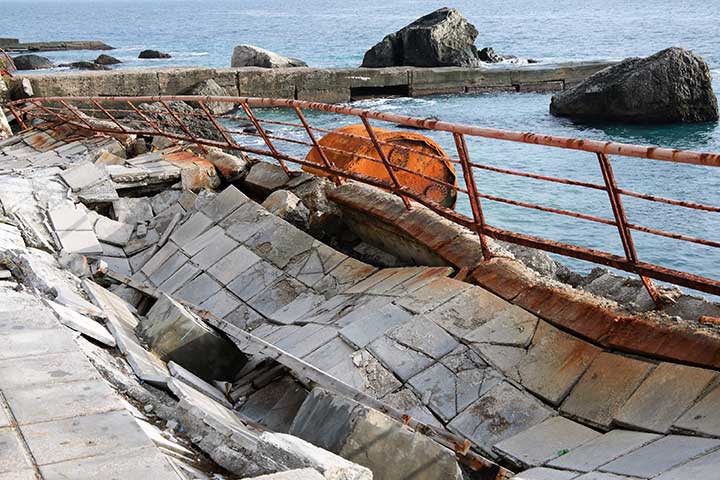

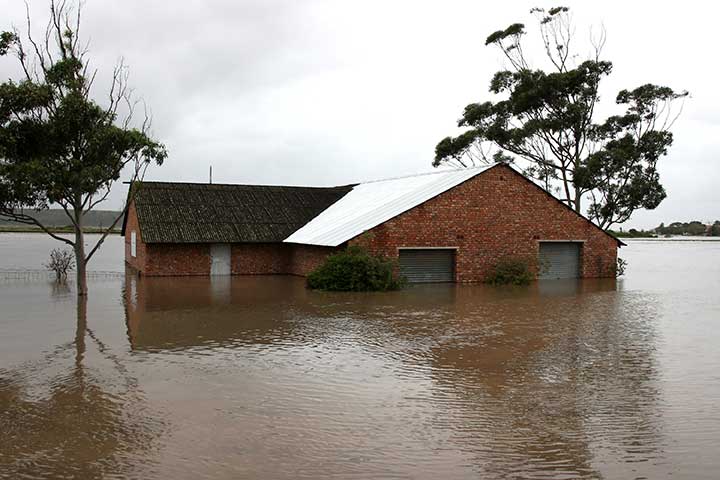
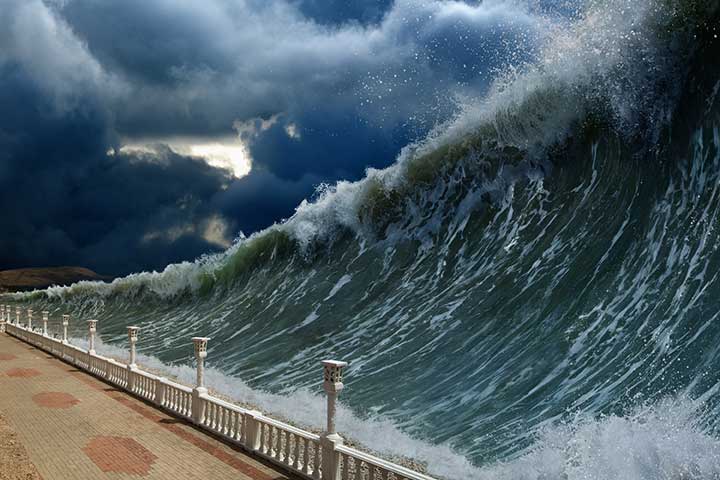

More variable rainfall patterns are likely to compromise the supply of fresh water. Globally, water scarcity already affects four out of every 10 people. A lack of water and poor water quality can compromise hygiene and health. This increases the risk of diarrhoea, which kills approximately 2.2 million people every year, as well as trachoma (an eye infection that can lead to blindness) and other illnesses.
Over the last 50 years, human activities – particularly the burning of fossil fuels – have released sufficient quantities of carbon dioxide and other greenhouse gases to affect the global climate. The atmospheric concentration of carbon dioxide has increased by more than 30% since pre-industrial times, trapping more heat in the lower atmosphere. The resulting changes in the global climate bring a range of risks to health.
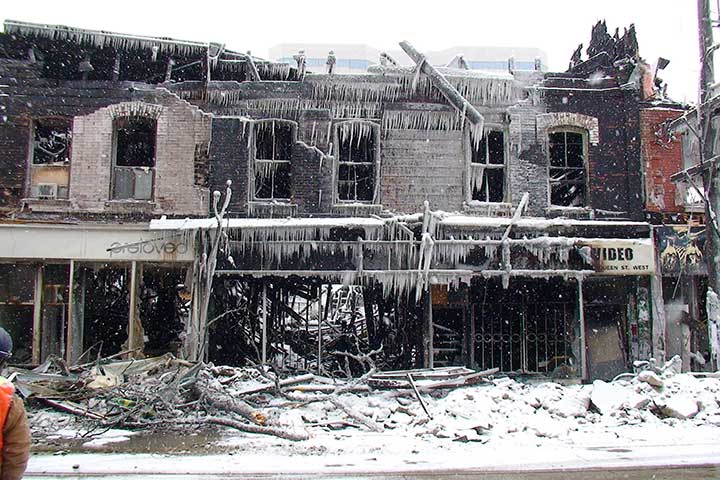
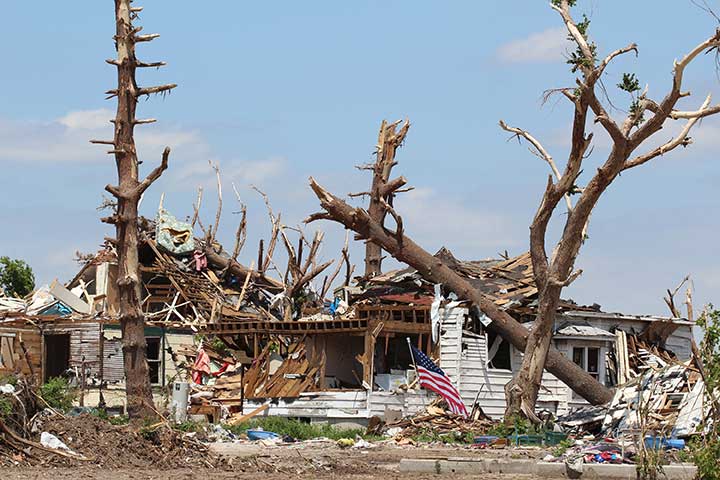
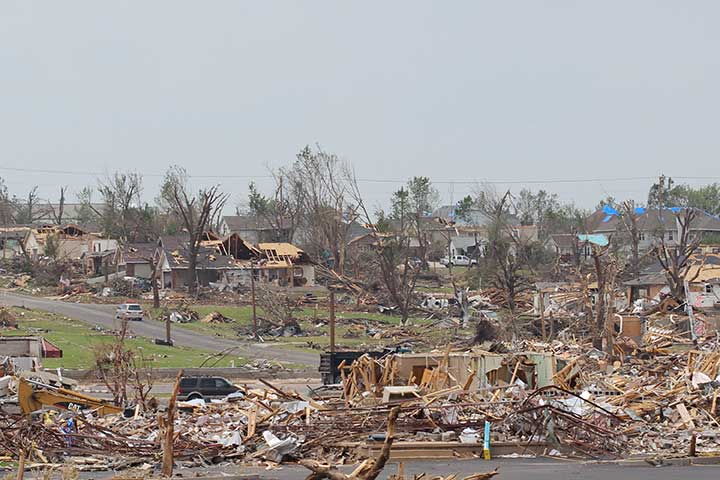
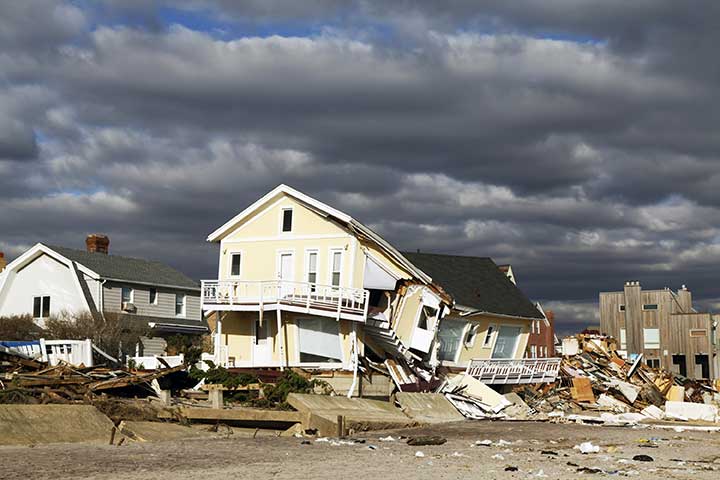
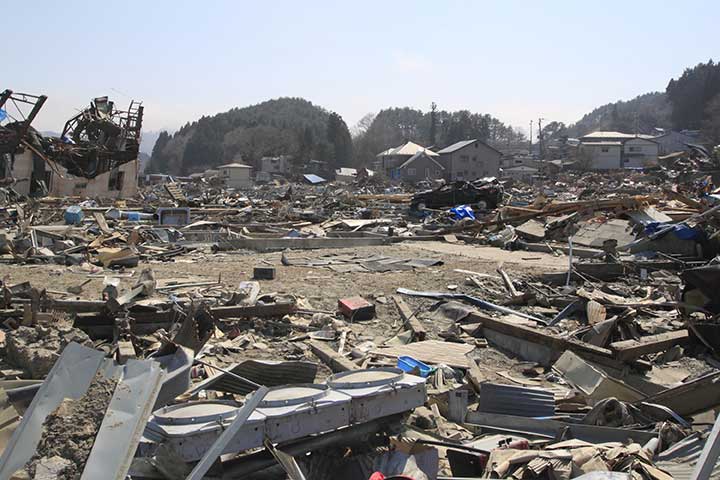
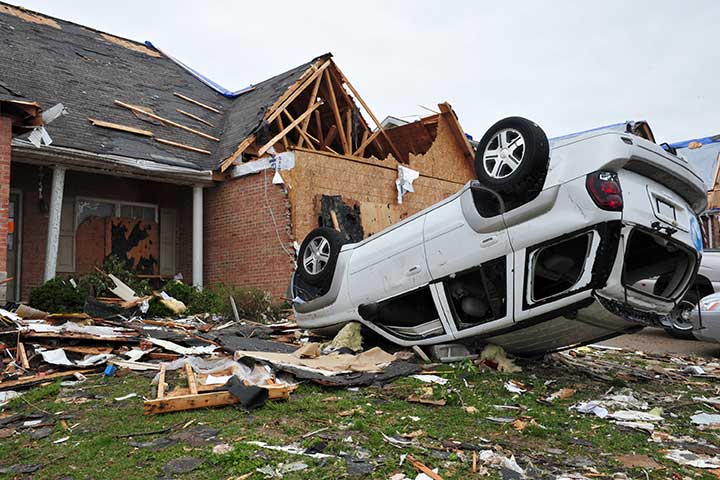
Intense short-term fluctuations in temperature can also seriously affect health – causing heat stress (hyperthermia) or extreme cold (hypothermia) – and lead to increased death rates from heart and respiratory diseases.
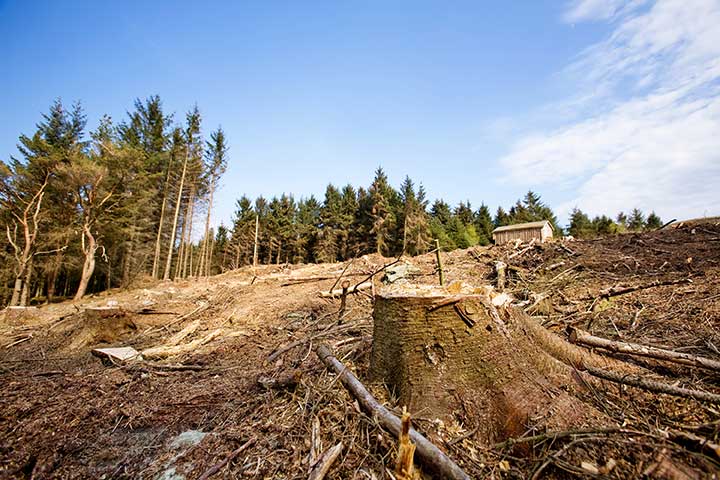
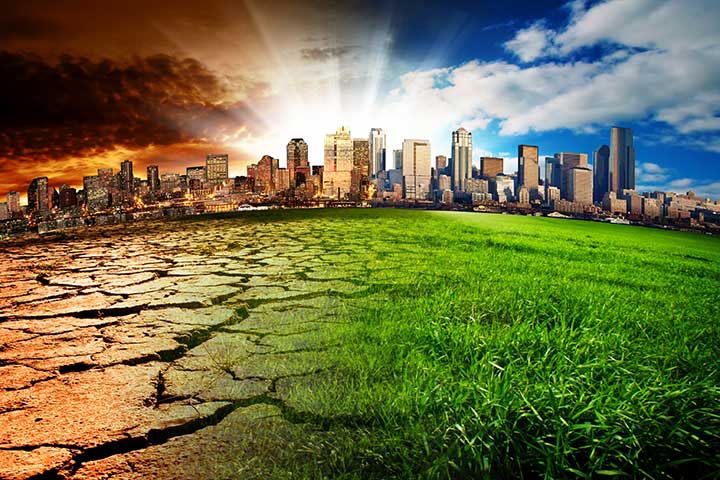
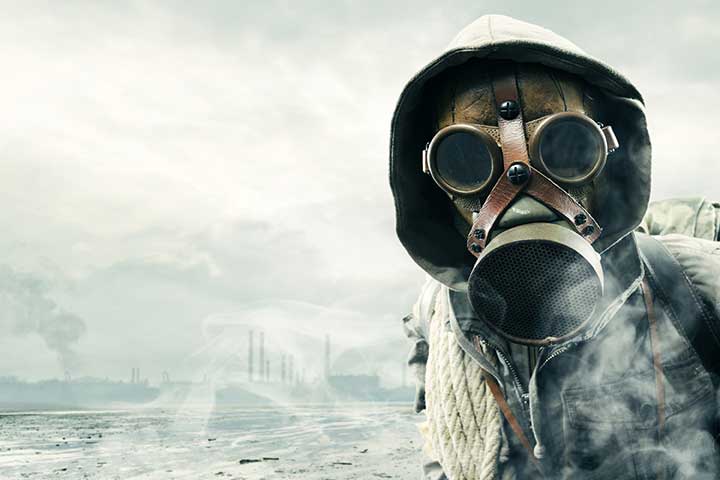

Rising sea levels – another outcome of global warming – increase the risk of coastal flooding, and could cause population displacement. More than half of the world’s population now lives within 60 kilometers of shorelines. Floods can directly cause injury and death, and increase risks of infection from water and vector-borne diseases.
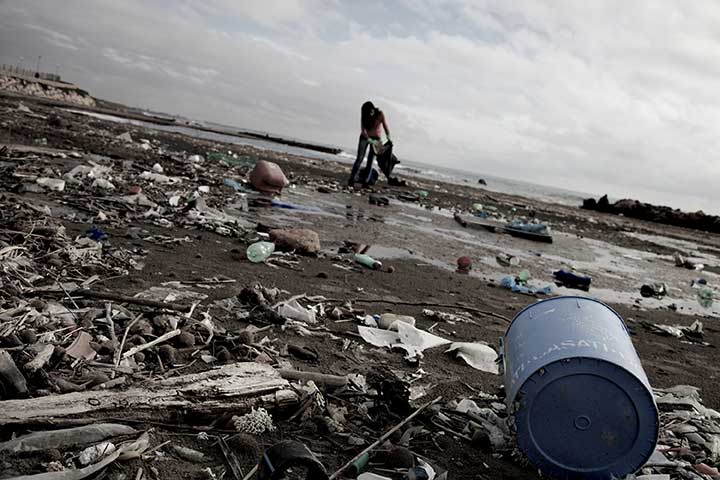


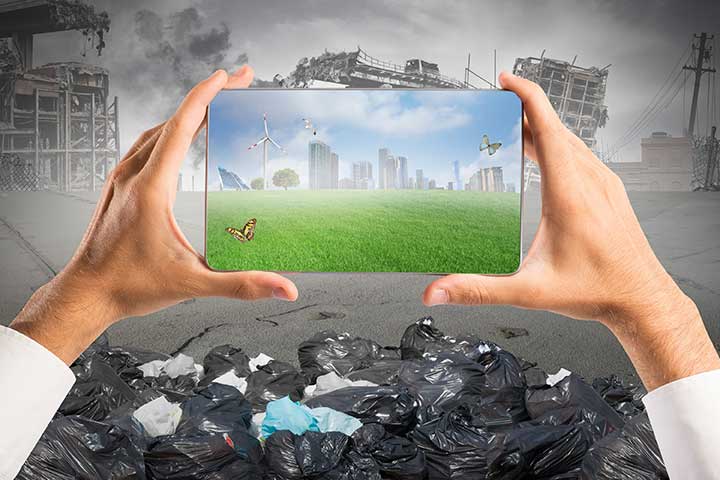
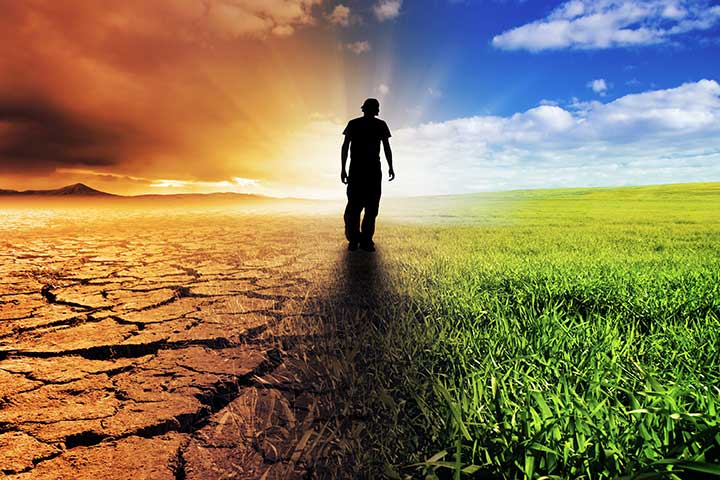

WHO World Health Organization
10 facts on climate change and health…Click link for more information:

CNSNews.com
Secretary of State John Kerry: Climate Change ``Biggest Challenge of All That We Face Right Now``...Click link for more information:

New York Times
The Biggest Challenge…Click link for more information:

WWF World Wild Life
To adequately address this crisis we must urgently reduce…Click link for more Information

The Washington Post
Why the “biggest climate story on the planet” is happening…Click link for more Information

The Guardian
Don't look away now, the climate crisis needs you…Click link for more Information

GES Global Economic Symposium
For the first time in history we face an energy crisis…Click link for more information:

BBC
Al Gore: climate change is the 'biggest challenge our civilisation faces'…Click link for more information:

NRDC Natural Resources Defense Council
Climate change is the greatest humanitarian crisis of our time...Click link for more information:
#THINK DIFFERENT #our planet is unique in its beauty, we must conserve it




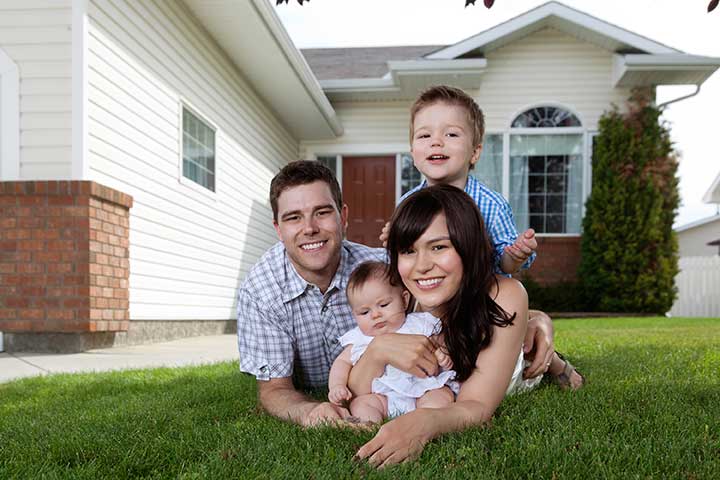



We’ve developed a sustainable building philosophy around a new generation of buildings; our goal is, to achieving as close to zero negative impact on your health and on the environment. To keep ourselves clear on how to get there, we consider our homes’ ecological footprint, from the first stage of planning and construction, through its lifetime of operation and change, and finally, at the end of its lifecycle when the home must be deconstructed or salvaged.







We start by dramatically reducing energy consumption by using System 4 the new generation of buildings. A “Unit Solutions” home save´s up to 86% energy for Heating, cooling and water heating. To make every home as efficient as possible, we have a simple to use ways to reduce the demand for energy, while building your new home as unique as possible. We do this while enjoying increasing your lifestyle with no limits.
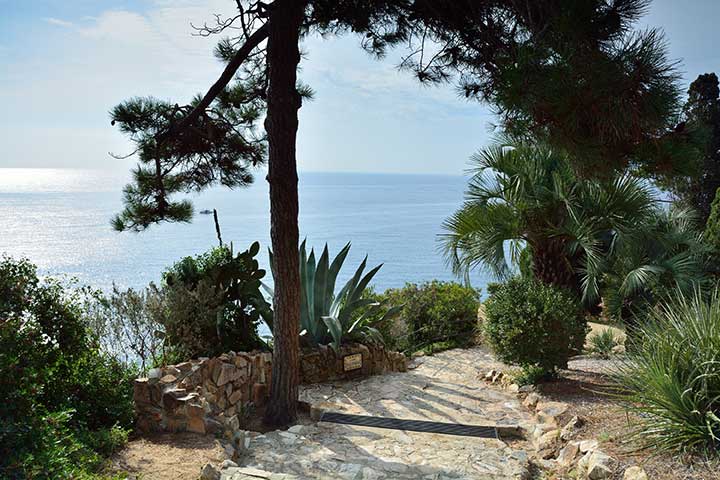

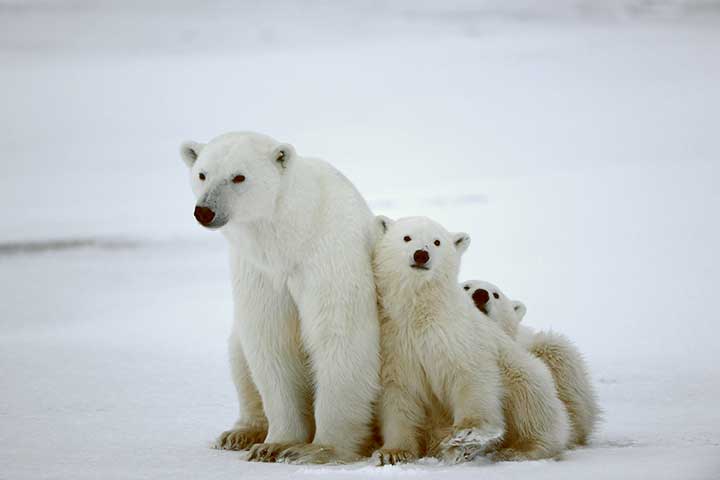


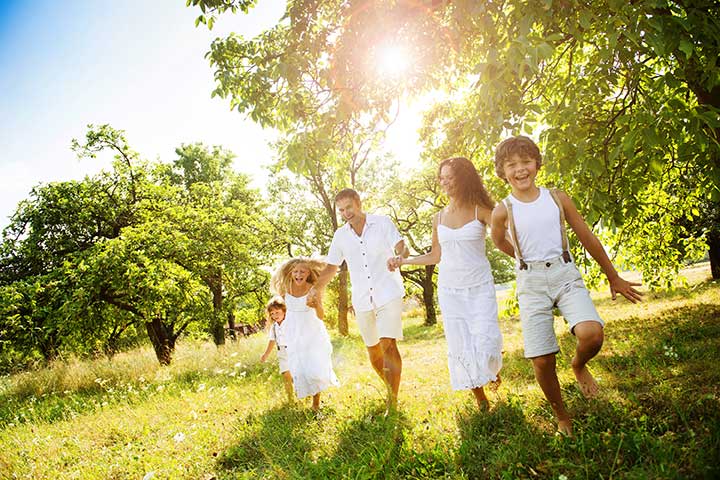


Building structure is a conventional post and beam structure, we also use thermodynamic insulated windows to maintain a comfortable temperature in your new home. We make High-Tech that simple…
Our solution saves worldwide resources and protects our environment:
Your next home (building structure) should always have performance, health, and sustainability metrics; with this you’re providing an ecological footprint.
There are a number of voluntary “green” building standards. The recent proliferation of these standards makes it difficult to make meaningful comparisons between programs, or even between environmentally-conscious construction and traditional construction.
We use the United States Green Building Council (USBGC) LEED for Homes as our benchmark, because it is the most comprehensive and widely recognized program. LEED offers universally-understood standards, tools and performance criteria for developing high-performance, sustainable buildings. Points are awarded in various categories for items such as the use of sustainable materials, indoor environmental quality, energy generating systems, and water saving devices.
Our building material is temperature stable between below – 40F and plus + 120F, you will enjoy 100% fresh air with no VOC (Volatile organic compounds) furthermore your home will meet any climate conditions.


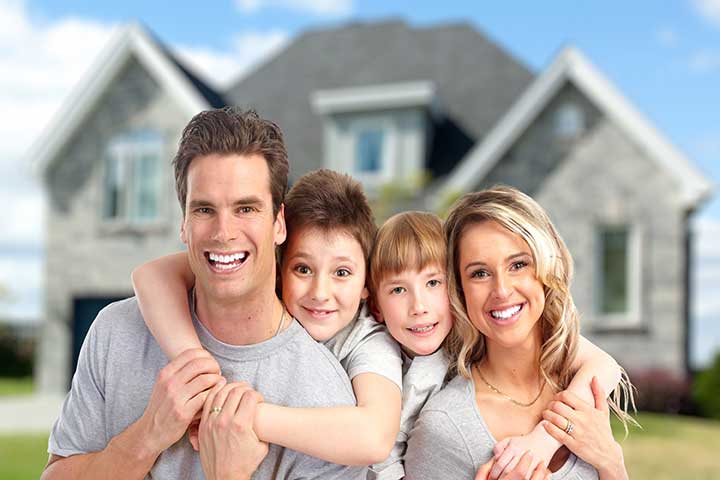
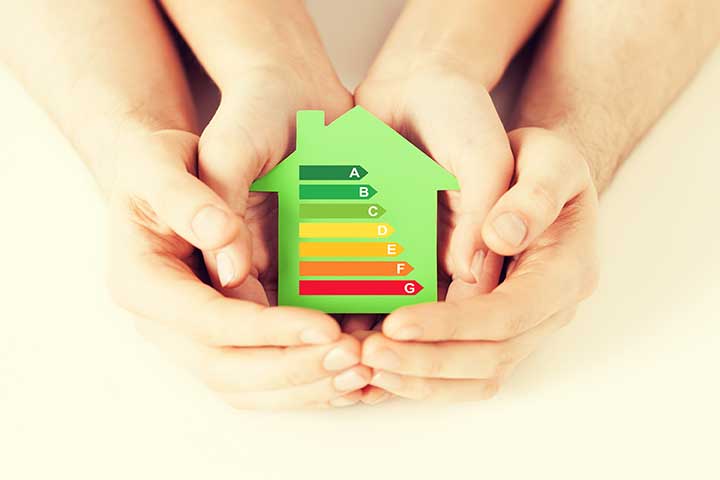



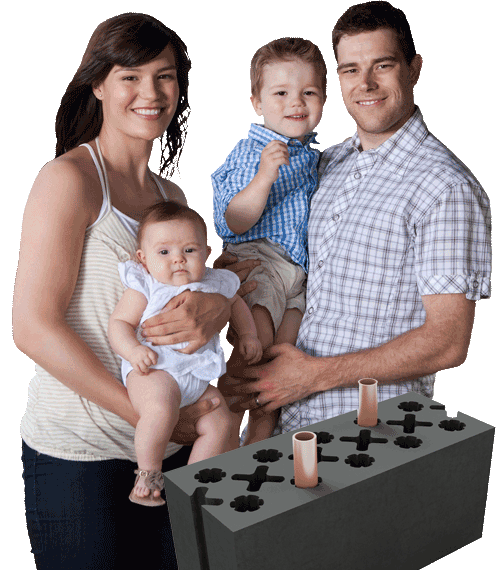
This exciting innovation will help improve your overall well-being
Green building
Unit Solutions is actively committed to designing and building green homes, which promote the health and well-being of our natural environment. As a result, environmental, economic and social benefits are obtained. Sustainability is important because all the choices we pursue and all the actions that we make today will affect everything tomorrow and in the future.
What is green building?
The buildings in which we live, work, and protect us from nature’s extremes, yet they also affect our health and environment in countless ways. As the benefits of green building become more apparent, many green building practices are gaining momentum.
Green, or sustainable, building is the practice of creating and using healthier and more resource-efficient models of construction, renovation, operation, maintenance and demolition.
Green building definition
The U.S. EPA says “Green building is the practice of creating structures and using processes that are environmentally responsible and resource-efficient throughout a building’s life-cycle from siting to design, construction, operation, maintenance, renovation and deconstruction. This practice expands and complements the classical building design concerns of economy, utility, durability, and comfort. Green building is also known as a sustainable or high performance building.”
health benefits of building green
We make sure the air in your home is as fresh as possible, so you can breathe easy. Another goal of green building is to improve air quality within structures, as well as the productivity of their occupants. One EPA (Environmental Protection Agency) report states that indoor air pollutant levels are about two to five times higher than those of outdoor air. Some of these pollutants, such as radon gas, are attributable to natural conditions, while others such as second-hand smoke are a direct result of human behavior. However, many of these pollutants are a byproduct of the materials used to construct or furnish the building. Volatile organic compounds, or VOCs, can cause serious health consequences in large enough concentrations. These chemicals may occur naturally, but they can also be manmade, and are found most commonly indoors in products such as paints, solvents, carpets, cleaning products, and some household appliances.
Asbestos is another dangerous pollutant. While this thread-like mineral is no longer used in the manufacture of new building materials, it was widely used in nearly every aspect of construction until the 1980s and can still be found in most of these buildings. When breathed in or ingested, asbestos fibers can cause serious health problems such as lung scarring, asbestosis, and mesothelioma cancer. Mesothelioma symptoms include shortness of breath, coughing, and pain in the chest, very similar to other, less fatal lung conditions, which can mean that the cancer often goes undiagnosed until its later stages. Green building efforts take into account the human costs of building with certain materials – though asbestos makes for an effective source of insulation, it is severely dangerous to a structure’s occupants, and thus alternative materials are used instead.
